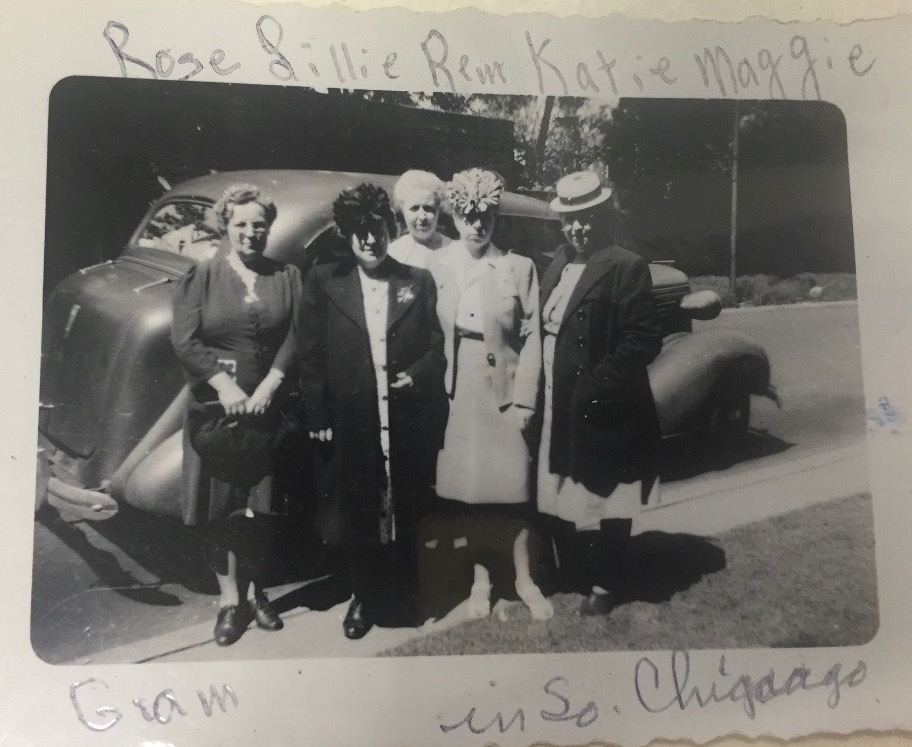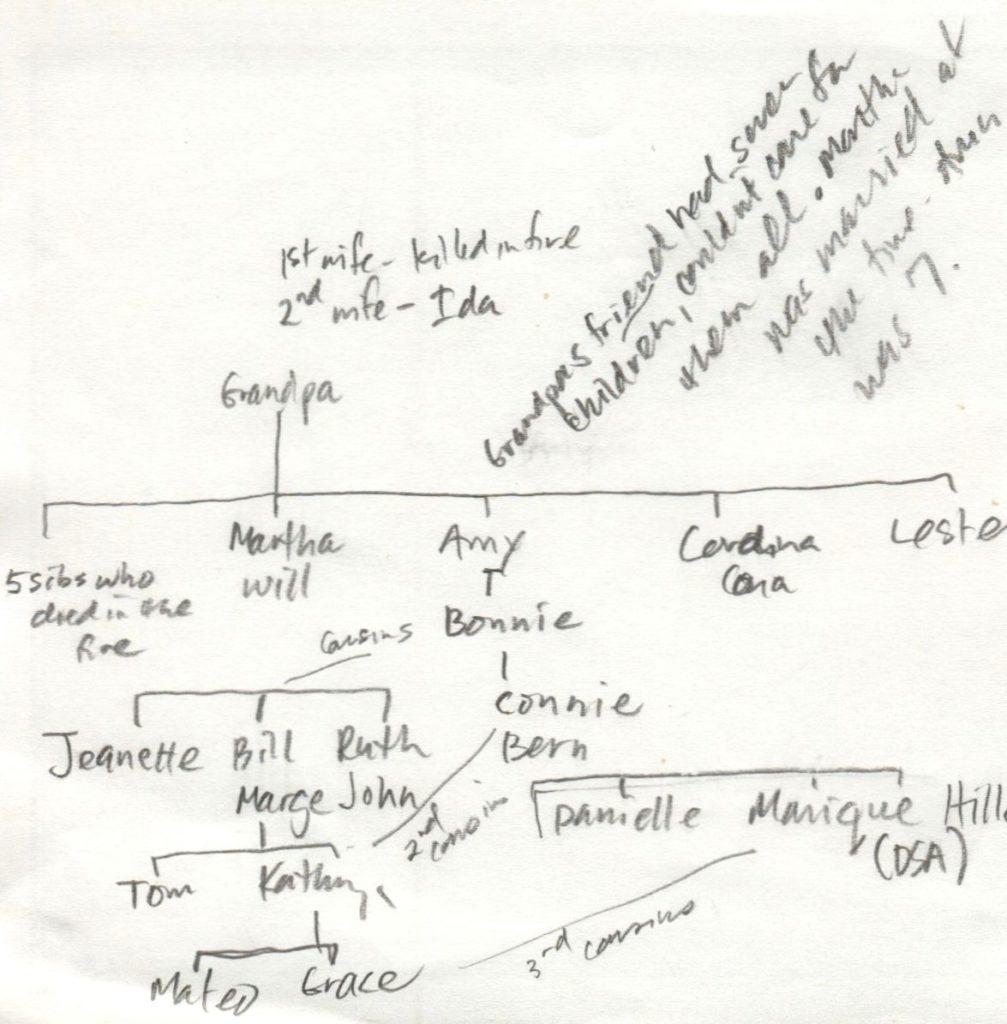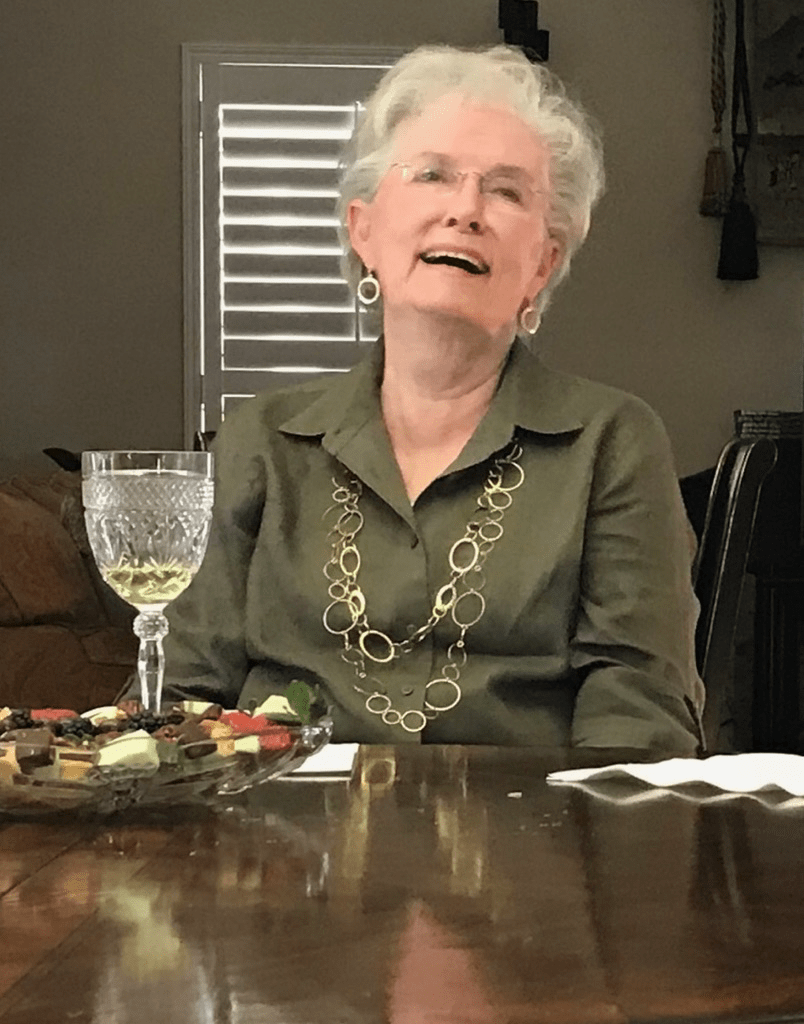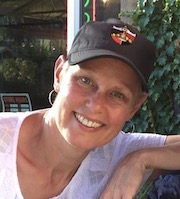My phone buzzed with a barrage of texts from a distant cousin. I scrolled through vignettes and photos connected to my birth family. Referring to a great great grandmother I never knew, this cousin’s 75-year-old sister wrote, “Katie…was creaky and croaky. Smoked like a fiend, had long fingernails and raised Merlin while Grover lived in the woods.” I thought to myself, “Wow, fascinating.” And then, “What do I do with all this?”
I visited a Zoom classroom a few days later. My daughter and her graduating class of Industrial Design students from the University of Illinois at Chicago presented their senior thesis projects. One student described her multilingual smartphone app for families to capture, share and pass down family stories. It was a tender project: she didn’t want geographic and language barriers to keep her from knowing her ancestors. I sat in awe as I watched this student, my daughter, and others leverage design skills in order to foster deeper connections in today’s world.
There are as many ways to gather family stories and there are tender reasons to get started. I picture continua from formal to informal, high-tech to low-tech, single-authored to cousin crowd-sourced. Every family’s cast of characters had its connections with history that combined to shape today’s generation. And each of us can play a role in capturing it.

North Denver alum Gregory Ravenwood leaned on his graphics background and passion for family history to lead a high-tech project that resulted in a stunning eBook of photos and stories from his mother and her two living siblings.
Ravenwood developed a set of questions based on lists he found online, tailoring the list based on what he knew about his mom’s family and the region of Louisiana where they grew up. He recruited cousins’ families for tech skills. Videotaped interviews took place at a dining room table, awash with natural light. “It was fun. They laughed a lot. I served them some nice snacks…fruit and chocolate and wine.”
My own attempts to collect family history sit at the opposite end of the continuum: cryptic notes on scraps of paper, randomly selected letters, envelopes of photos. One year I purchased small archival boxes to store mementos from deceased family members.

Whether you’re equipped to lead a formal family history project or are simply looking to harvest some juicy stories, here are 7 tips to get you started:
1. Curiosity is your best tool. Ask open-ended questions like “Say more about…” and, “How so?”
2. Settle on a system for gathering and organizing material that works for you. There’s no judging here. Scraps of paper in a designated box are just fine. That box will be a goldmine someday.
3. Create visuals that help you make sense of connections. A family tree has merit but can be limiting for even the most “traditional” families. For families like mine, it’s downright useless. I blend timelines and bubble charts with trees and winding rivers.
4. Talk to as many people as you can about the same person or event. Listen for new details and perspectives. Memories and values vary from person to person, even amongst close siblings recounting the same historical event or family experience.
5. Follow dotted lines to unexpected people.
6. Share what you’re learning. Ask cousins what they know. Foster storytelling and listening.
7. Bring heart and knowledge of painful histories with you to the conversations. Some stories are hard to tell, or perhaps even hard to hear. You may come across taboos from an earlier era or long-hidden secrets and traumas. Let those moments be about healing; it’s okay to set aside the notepad for a while.

Sampling of Greg Ravenwood’s Interview Questions
• What stories did you hear from your parents about their lives before you were born?
What did they tell you about earlier ancestors whom you didn’t know well or never knew?
• What do you remember about your grandparents?
• What were your interactions with siblings like growing up?
• What did you do as a family on holidays? How about birthdays?
• How did your parents handle money and work ethic with you as you grew up? What were your duties around the house as kids? What skills did you learn and who taught them?
• Did any world events have a significant impact on family life?
• Did you participate in or do you have any memories of social movements that impacted your generation?
• Was there a moment or an event in which you felt you’d arrived as a grown up, or person independent of your original family? • If you had the opportunity to speak or spend time with family who have departed, who would it be, and what would you do?

Do you have story ideas for The Gray Zone? Email thegrayzone.denvernorthstar@gmail.com.
Kathryn has lived in North Denver since around the time the Mount Carmel High School building was razed and its lot at 3600 Zuni became Anna Marie Sandoval Elementary. She teaches a SilverSneakers fitness class at Highland Senior Recreation Center and facilitates Simplified Pickleball and a Caregiver Support Group for the Alzheimer’s Association Colorado Chapter. Do you have story ideas for The Gray Zone? Email thegrayzone.denvernorthstar@gmail.com.

Be the first to comment